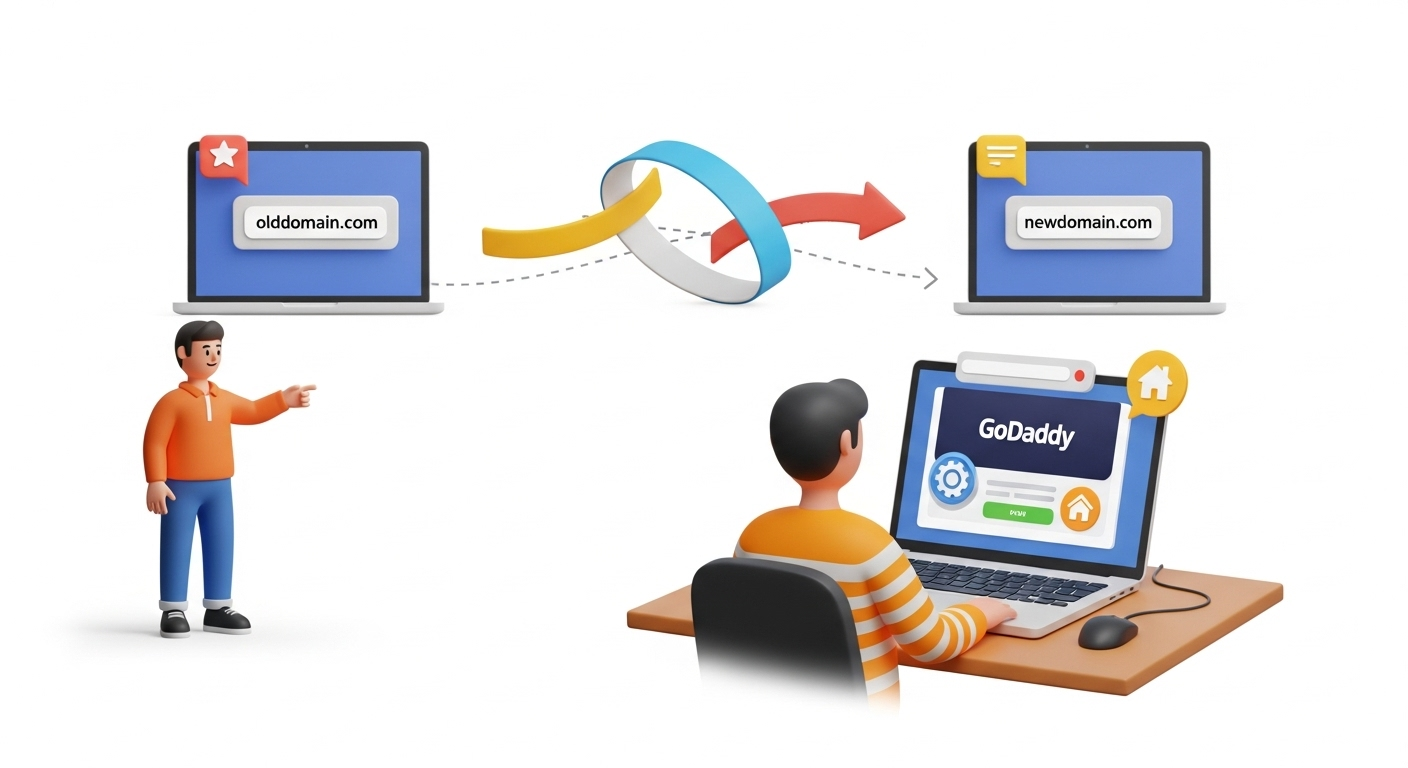Running an online store on WooCommerce has its perks — especially if you're already familiar with WordPress. But for many eCommerce merchants in 2025, Shopify has become the go-to platform for scalability, speed, and simplicity.
If you’re seriously considering a WooCommerce to Shopify transfer, here are the top 7 reasons why making the switch now might be the smartest move for your business.
1. Shopify Is Easier to Use
Unlike WooCommerce, which depends on WordPress and a patchwork of plugins, Shopify is built from the ground up for eCommerce. Its admin dashboard is clean, intuitive, and beginner-friendly.
✅ No coding required
✅ No plugin management
✅ No hosting headaches
⚡ Shopify = less time configuring, more time selling.
2. All-In-One Hosting and Security
With WooCommerce, you're responsible for:
-
Choosing and managing your hosting provider
-
Setting up SSL certificates
-
Performing backups
-
Ensuring uptime and security patches
With Shopify, all of this is included out-of-the-box — even on the basic plan. That means:
✅ Enterprise-grade hosting
✅ SSL by default
✅ Automated backups
✅ PCI compliance without lifting a finger
A WooCommerce to Shopify migration also gives peace of mind when it comes to site performance and protection.
3. Faster Store Performance
Speed matters — for conversions and for SEO.
Many WooCommerce sites run slowly due to shared hosting environments or plugin overload. Shopify, on the other hand, is a cloud-hosted, high-performance platform built to handle fast page loads, even under pressure.
A faster store improves:
-
Bounce rates
-
Mobile shopping experiences
Migrating to Shopify can directly increase revenue just through better speed.
4. Seamless Payment Integrations
Setting up payments on WooCommerce often means juggling Stripe, PayPal, or local gateways via plugins — and sometimes, plugin conflicts.
Shopify Payments, however, is built-in, along with Apple Pay, Google Pay, and other top providers — all tightly integrated.
✅ Fewer failed transactions
✅ Less setup
✅ Better user experience
5. Shopify App Ecosystem and 24/7 Support
While both platforms offer plugins/apps, Shopify’s App Store is more curated, reliable, and easier to manage.
Plus, Shopify provides:
-
A massive help center
-
Forums and certified experts
WooCommerce, being open-source, relies heavily on third-party plugin developers and community forums — not always ideal for urgent issues.
6. Multi-Channel Selling Made Simple
Want to sell on Instagram, TikTok, Amazon, or eBay?
Shopify makes omnichannel selling simple, integrating with major platforms natively. WooCommerce can do this too — but often through paid plugins, APIs, or manual setups.
✅ Shopify syncs products, inventory, and orders across all channels, straight from your dashboard.
7. Easier eCommerce Migration with Cart2Cart
One of the biggest blockers when moving platforms is worrying about lost data — especially products, SEO rankings, or customer records.
Enter Cart2Cart — an automated migration service that helps you:
-
Transfer products, categories, images, customers, and order history
-
Preserve SEO by setting up 301 redirects from your WooCommerce URLs
-
Keep relationships between orders and customers intact
-
Migrate metadata and reviews (optional)
️ Best of all? No coding required.
A WooCommerce to Shopify migration using Cart2Cart is fast, safe, and scalable — whether you're running a small shop or an enterprise catalog.
✅ Final Thoughts: Is It Time to Migrate to Shopify?
WooCommerce is still a great option — especially for developers or users who want full control and flexibility.
But for merchants who want:
-
Less time maintaining plugins
-
More focus on marketing and sales
-
Enterprise-grade speed and support
-
A simplified growth path across sales channels
... then Shopify is a clear winner in 2025.
So, if you’re considering an ecommerce migration, the WooCommerce to Shopify transfer could be your next big move.
Start your WooCommerce to Shopify migration today with a free demo from Cart2Cart.
No coding. No downtime. No risk.
Monthly Update – December 2025
With the holiday rush fully underway and 2026 on the horizon, consider year-end data analysis to inform your strategy. Shopify's comprehensive reporting tools offer deep insights into sales performance, customer acquisition costs, and conversion rates, which are essential for planning your next growth phase. Unlike WooCommerce, where such in-depth analytics often require multiple third-party plugins, Shopify provides these functionalities natively, simplifying your reporting workflow. Focus on identifying your best-performing products and marketing channels from the past year to optimize inventory and campaign budgets for the upcoming year. This proactive approach ensures you start fresh with actionable intelligence, making your Shopify store more efficient and profitable.
As businesses prepare for the new year, it’s also an excellent time to review your subscription models or loyalty programs. Shopify’s app ecosystem offers powerful solutions for customer retention that seamlessly integrate, providing a consistent experience. Ensure your shipping policies are clear and enticing for post-holiday sales and returns. For more details, explore our FAQ section or schedule a call with a migration expert.






